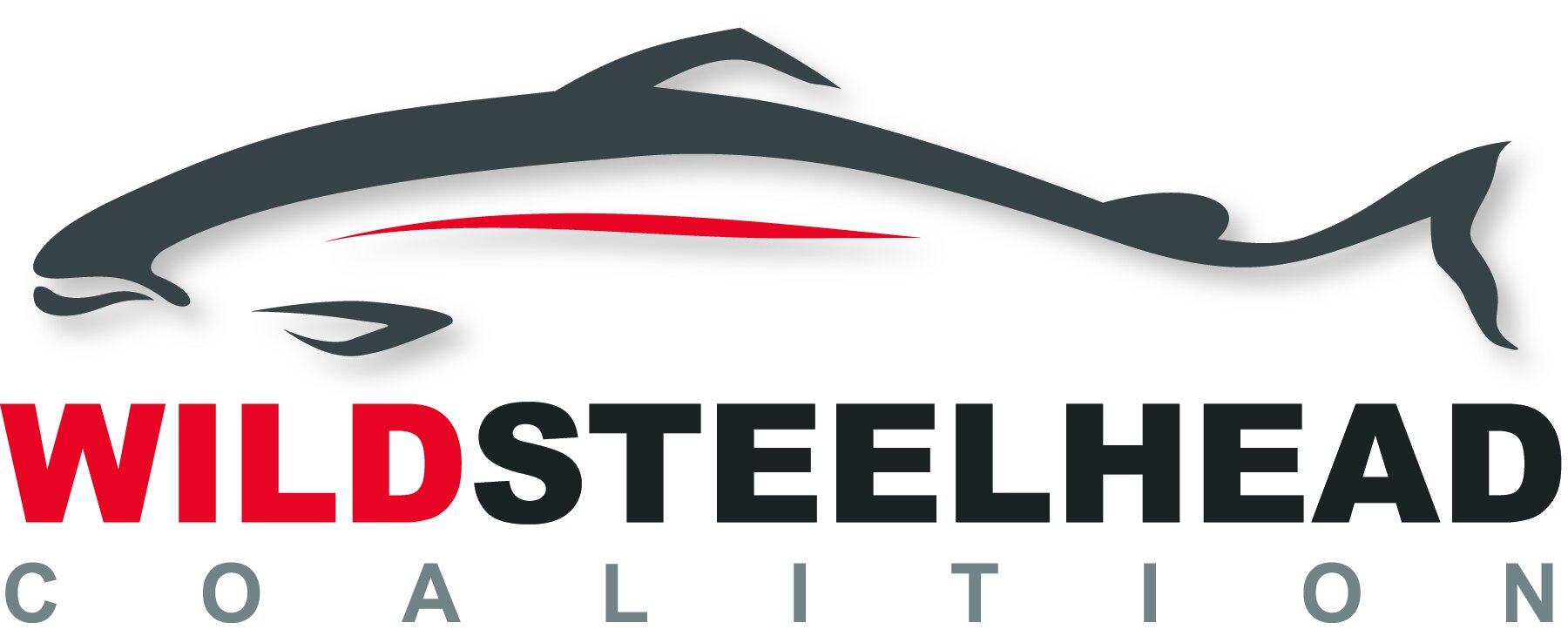Bridge Over Troubled Waters
A boat moves along heading south going under the Hood Canal Bridge
The Hood Canal Bridge is again in the news, but not for the usual traffic or buffeting by weather headlines. Recognized as a significant impediment to migrating young steelhead, attempts are now being made to mitigate the impasse it makes for critical migrations of young steelhead heading out to sea.
Completed in 1961, and the pontoon attachments repaired in 1979 when the bridge sank in a windstorm, the bridge has more recently been shown to be a major source of mortality for these young migrating steelhead. Two years ago, lawmakers secured funding for Long Live The Kings to develop and test a fish guidance structure to reduce salmon and steelhead deaths at the bridge.
This year, engineered corner pieces are being attached to help the fish find their way through existing gaps in the structure — one at each end of the line of floating pontoons. Those are the places where the bridge connects to the shore, and a small truss bridge carries traffic over the span.
The Pause That Doesn't Refresh
Telemetry indicates the steelhead smolt's innate behavior is to travel fast through Puget Sound. These fish travel at approximately two body lengths/sec, which is near a maximum sustained swim speed, and it takes them a week or two to migrate to the ocean, depending on where they start their journey. Their survival at this time in their life history depends on a trip as quickly as possible to the ocean. The same telemetry studies show a clear delay in migration at the Hood Canal Bridge. This migration delay means higher mortality, as the fish become otherwise easy targets for opportunistic seals.
The continuous concrete pontoons occupy approximately 90% of the width of Hood Canal. Elevated approaches from the shorelines to the floating section span the remaining 10% of the canal width. Despite unobstructed nearshore corridors, fish behavior results in migration delays at the bridge, resulting in increased mortality of steelhead smolts attempting passage. Besides their physical deterrence, the submerged pontoons also inhibit natural tidal flow and disrupt natural currents, altering local salinity and temperature profiles. These effects are likely contributing to the observed delay and alteration of migration behavior, as smolts are known to use environmental cues to guide migration in marine waters.
Life cycle modeling specific to Puget Sound steelhead populations concluded that early marine survival rates must exceed 14%–16% to achieve positive population growth. A recent study estimated survival probabilities from the river mouth to the Strait of Juan de Fuca range from 8% to 13%. As revealed by telemetry, only about half of the steelhead survived past the bridge, so removing Hood Canal Bridge caused mortality could theoretically increase early marine survival to 16%–26%.
The ESA-threatened steelhead originating in Hood Canal rivers desperately needs continuous migration corridors to complete the critical marine phase of its life cycle. The Hood Canal Bridge currently disrupts the ability of steelhead smolts to reach the Pacific Ocean (and likely impacts other species of salmon as well), providing yet another example of structures built for human convenience with little regard for the harm they impose on surrounding ecosystems. Collectively, dams and barriers have led to widespread fragmentation across habitats for many populations of migratory steelhead and salmon. Additionally, dams and barriers such as the Hood Canal Bridge introduce artificial pinch points where migrating fish become easy targets to opportunistic predators such as sea lions and seals.
Eventually, the Hood Canal bridge will need to be replaced. This current experiment will hopefully shed light on a different configuration for the floating pontoons that would allow for increased fish passage with less risk. Gaps between each pontoon would be a significant improvement, even if the pontoons extended well beyond the bridge. Perhaps before full bridge replacement, this kind of alteration could be considered for one or more bridge sections.


